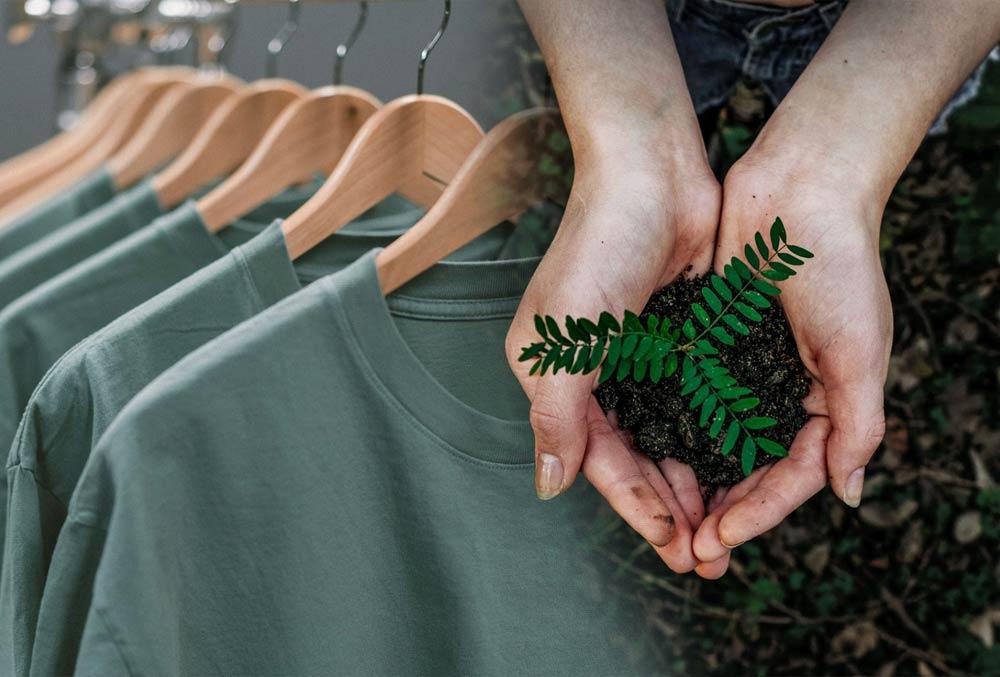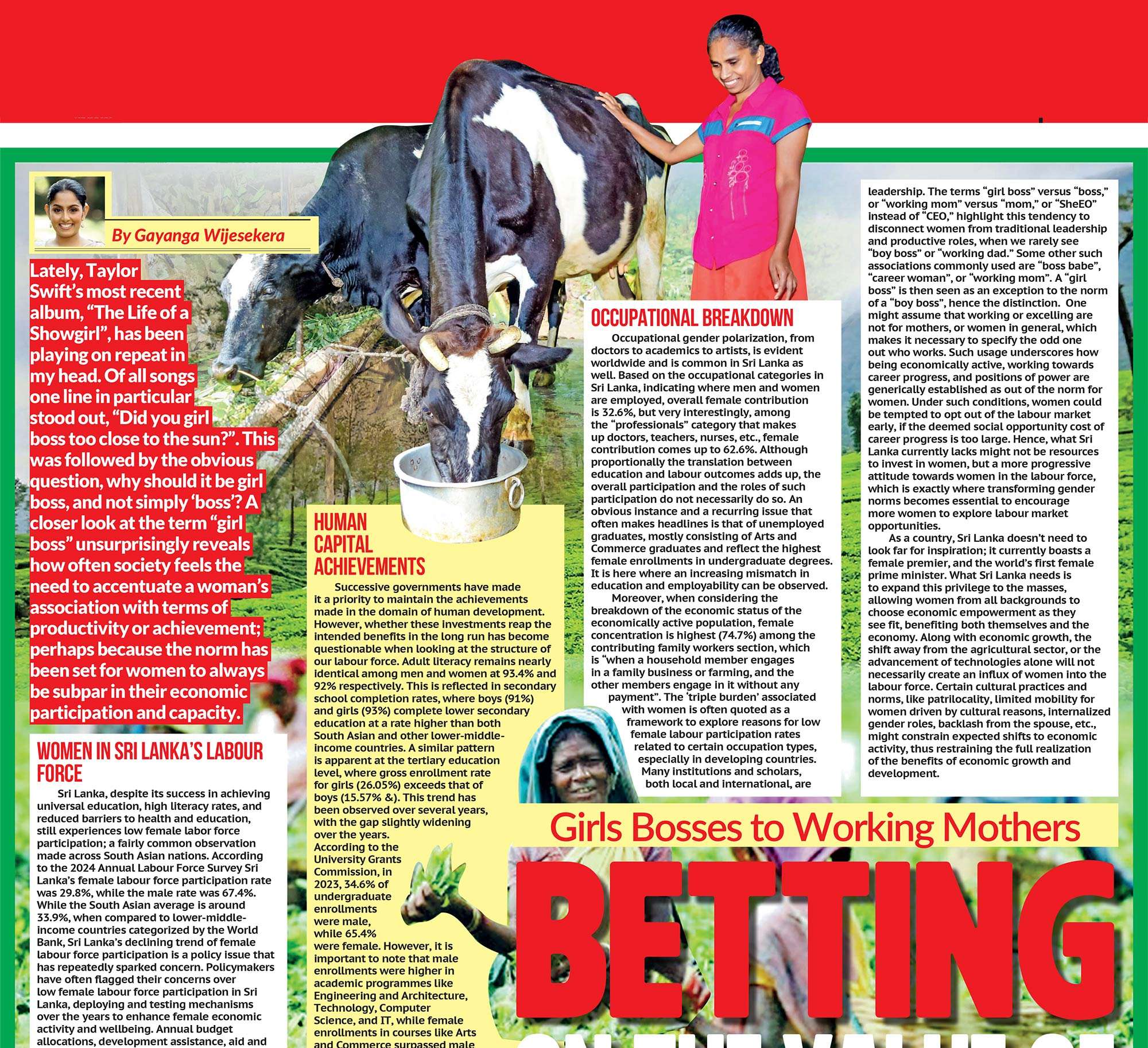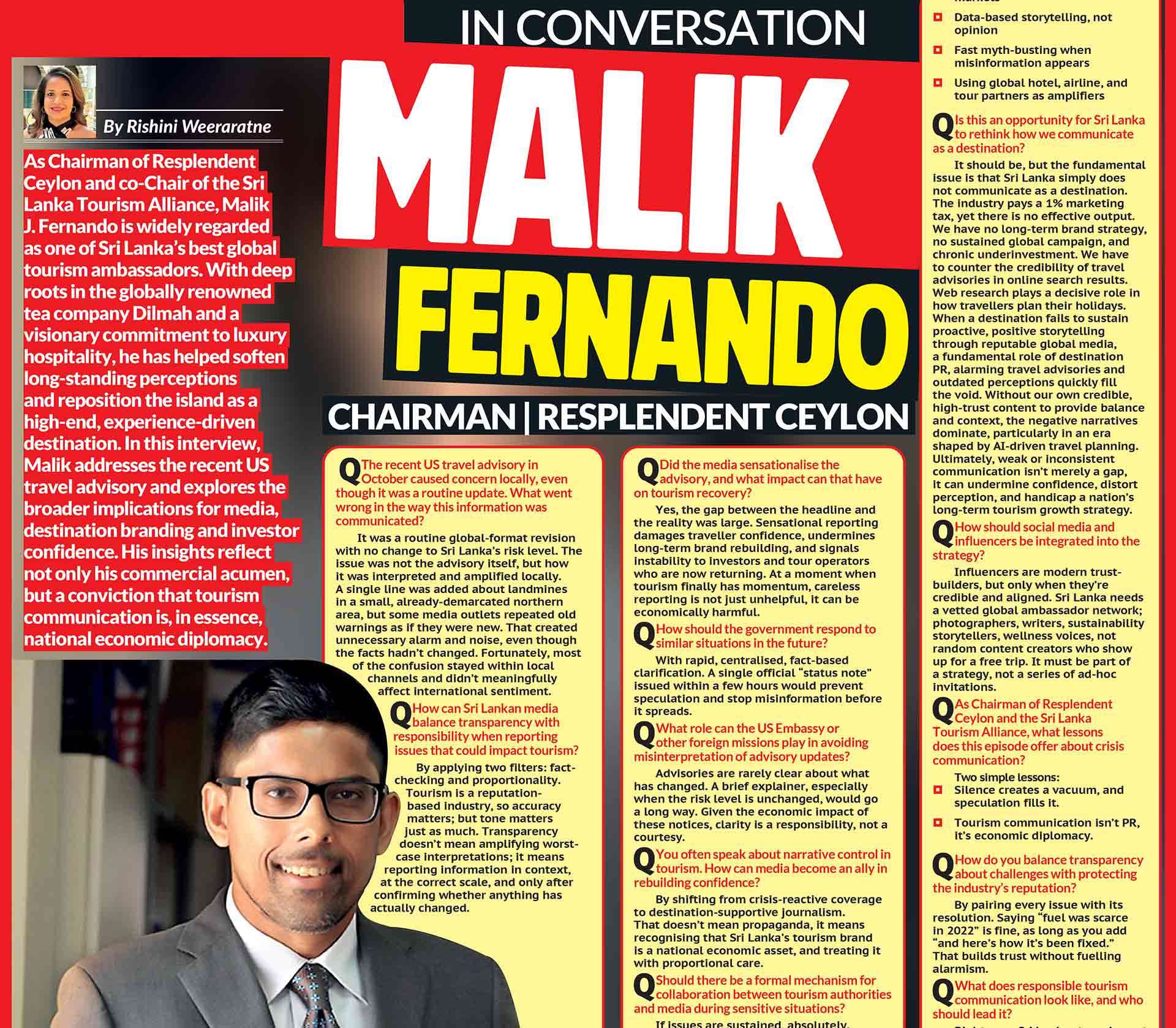
Why sustainability can’t be outsourced to certificates
For years, the fashion industry has been trying to soothe our conscience. With every new label promising recycled content, every neatly printed “eco” hangtag, every brand boasting about being carbon-neutral by 2030, the message we receive as consumers is simple: you can keep shopping, it’s fine now. It has become a carefully packaged form of comfort. A lullaby.
But guilt-free shopping is a myth, one the industry carefully maintains because it keeps the machine running. The truth is both more uncomfortable and more liberating: sustainability cannot be outsourced to labels, certificates, or marketing claims. It is not something we can buy our way into. Real sustainability demands awareness, restraint, accountability, and sometimes, the courage to sit with our discomfort. In a world where every brand is racing to look greener, it’s worth pausing to ask: what does sustainability even mean when it becomes part of a sales pitch?
And more importantly: who benefits from the illusion of guilt-free consumption?
The seduction of the “eco” label
Let’s start with the obvious: sustainability has become a booming industry in itself. Green packaging, “conscious” collections, ethical lines, circular capsules, all designed to capture the growing market of consumers who want to feel good about their purchases.
And that’s the key word: feel.
The modern eco-label is less a guarantee of environmental benefit and more a mechanism for emotional reassurance. It’s the industry whispering, “Don’t worry, you’re doing the right thing.” But behind that whisper often lies a very different reality.
- Many eco-labels have vague definitions.
- Many certifications have loopholes wide enough to accommodate entire supply chains.
- Many recycled claims rely on processes that themselves have high environmental impact.
- Many “sustainable” products are still produced in enormous quantities.
Eco-labels, instead of challenging the system, often smooth its edges, making consumption appear cleaner, lighter, more innocent. And that illusion is incredibly profitable.
Recycled fabrics: better, yes, but not a free pass
Recycled materials are often presented as the pinnacle of ethical shopping. In theory, they reduce waste, limit virgin resource extraction, and close the loop. In practice, the picture is more complicated.
Recycled polyester, for example, usually comes not from old clothes but from recycled PET bottles, objects that were once recyclable into new bottles. Turning them into fabrics actually removes them from closed-loop systems. And once recycled polyester enters the fashion cycle, it cannot be recycled again with the same quality. It becomes a dead end.
Recycled cotton has limitations too: fibers become shorter and weaker with every recycling cycle, needing virgin cotton to fortify them. “100% recycled cotton” is rarely what it seems.
Even when the materials are genuinely recycled, the dyeing, finishing, and manufacturing processes can still carry enormous environmental footprints. Recycled does not automatically mean low impact. It’s better than its alternatives, of course. But it’s still a far cry from guilt-free.
It’s not a solution, it’s a mitigation.

The comforting illusion of carbon neutrality
Perhaps nothing illustrates the myth better than the rise of carbon-neutral claims. Entire fashion weeks, global brands, and digital marketplaces now proclaim themselves “net zero.” The idea is tempting: if a brand offsets its carbon emissions, then its products become harmless. But offsets are not magic erasers. In many cases, they are sophisticated accounting tools that mask, rather than erase, impact. Planting a tree today does not cancel the carbon emitted from manufacturing a garment that reaches a landfill in two years. Some offsets rely on forests that may never be planted, projects that don’t materialize, or land that was never under threat. Carbon neutrality allows companies to say, “We’re doing our part,” without making uncomfortable changes, like reducing production, rethinking growth models, or confronting the truth that sustainability and endless expansion cannot coexist.
The promise of carbon-neutral fashion tells consumers: “Buy more. We’ve already balanced the equation.” But the equation was flawed to begin with.
Certificates are not a moral compass
This is where the myth becomes dangerous. Certifications were created to bring transparency and accountability to supply chains. And they can be powerful, when used responsibly. But certificates are not infallible. They can be bought, misused, misinterpreted, or strategically highlighted to overshadow less ethical parts of a production chain. A garment might be made of organic cotton yet sewn in factories where workers face unsafe conditions. Another might carry a responsible wool standard certificate while the brand engages in overproduction at massive scale.

Certificates tell a story. But not the whole story.
And increasingly, they are used not to educate consumers, but to comfort them. They give permission to shop without pausing. Without questioning. Without confronting the deeper issues of consumption, exploitation, or systemic waste.
- Certificates cannot make fast-fashion ethical.
- They cannot make overproduction sustainable.
- They cannot counteract the impact of billions of garments created, shipped, and discarded each year.
Relying on certificates is like relying on a compass whose needle always points toward “buy more.”
Why we’re hungry for guilt-free shopping
We live in a world where consumption is one of the primary ways we express identity, who we are, what we value, what we believe in. We want our purchases to reflect our ethics. We want our clothes to feel light on the conscience. So, when a label promises sustainability, it offers something emotionally profound: Relief. Permission. A sense of being a good person. The fashion industry understands this psychological hunger and feeds it. The green tag becomes the new luxury. The ethical claim becomes the new status symbol. The sustainable purchase becomes a performance of goodness. But performing sustainability is very different from practicing it.
Real sustainability is inconvenient, slow, and often unglamorous. It requires us to question our impulses, challenge our desires, and rethink our relationship with "newness." It asks us to choose depth over novelty, longevity over trends, and intention over instinct. Guilt-free shopping is easy.
Sustainable living is not.
The truth no one wants to say aloud
The only truly sustainable item is the one that already exists. Every new garment, even the most ethically made, carries a footprint. This doesn’t mean we should stop buying clothes entirely. It means we need to shift our mindset:
- Buy less but buy better.
- Wear longer.
- Repair.
- Cherish.
- Pass down.
- Support craftsmanship, not mass production.
- Learn the story behind the garment, not just the certificate.
And perhaps the most radical act: pausing before purchasing, asking,
“Do I need this, or do I just want to feel better?”
Sustainability is a practice, not a purchase
The myth of guilt-free shopping persists because it offers an easy way out of a complex ethical landscape. But the truth is more empowering: we are not passive consumers waiting for brands to save us. We have agency. We can choose differently to question more deeply and shape a culture that values meaning over excess.
Sustainability isn’t a label. It’s a habit. A mindset. A way of moving through the world with awareness. And perhaps the most sustainable act we can commit to, individually and collectively, is to stop looking for guilt-free consumption, and start creating guilt-free consciousness.













